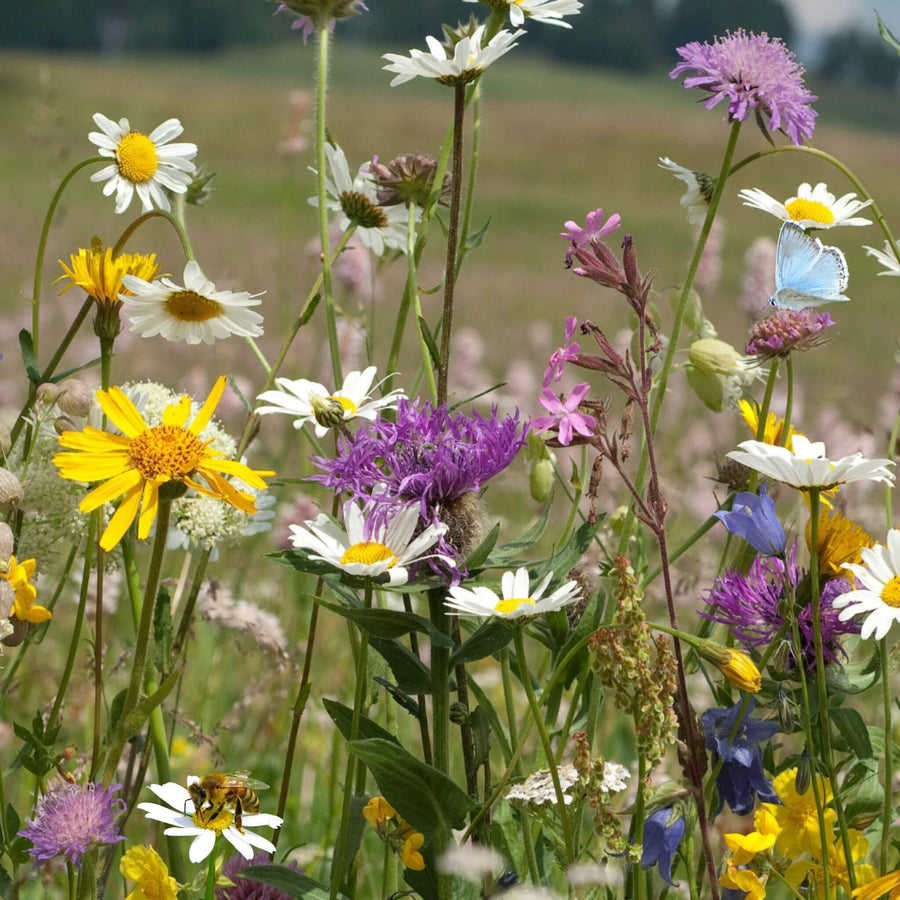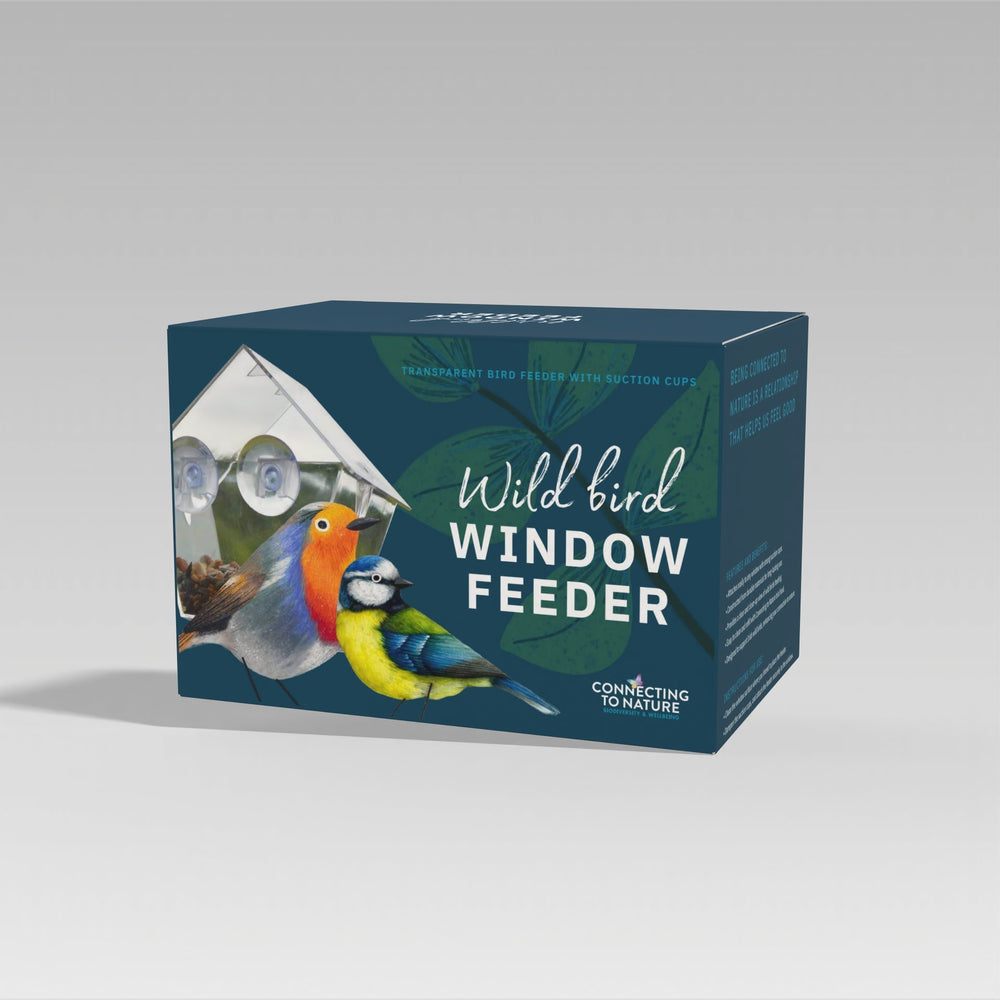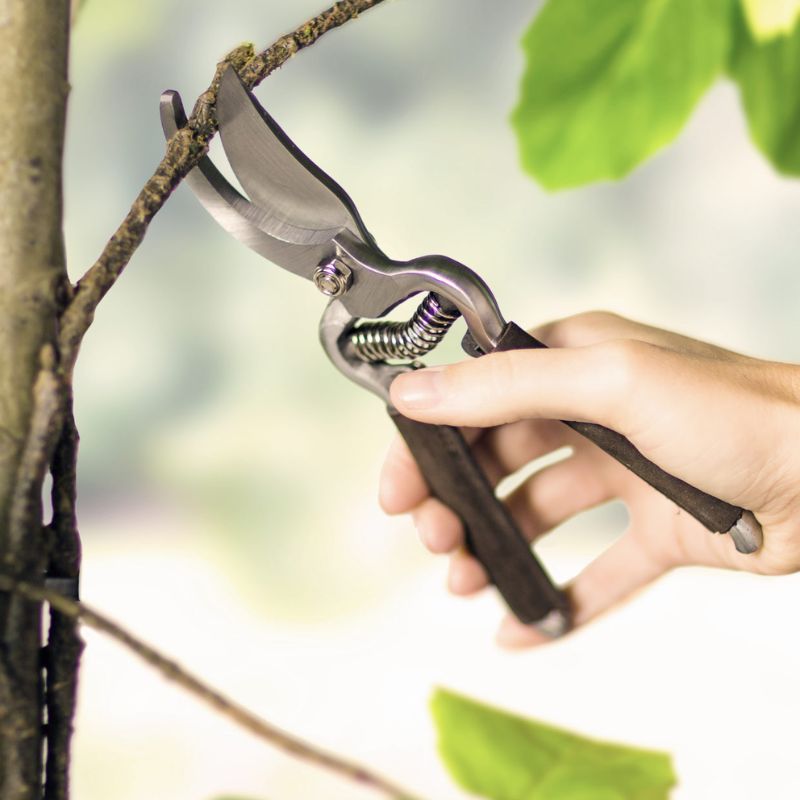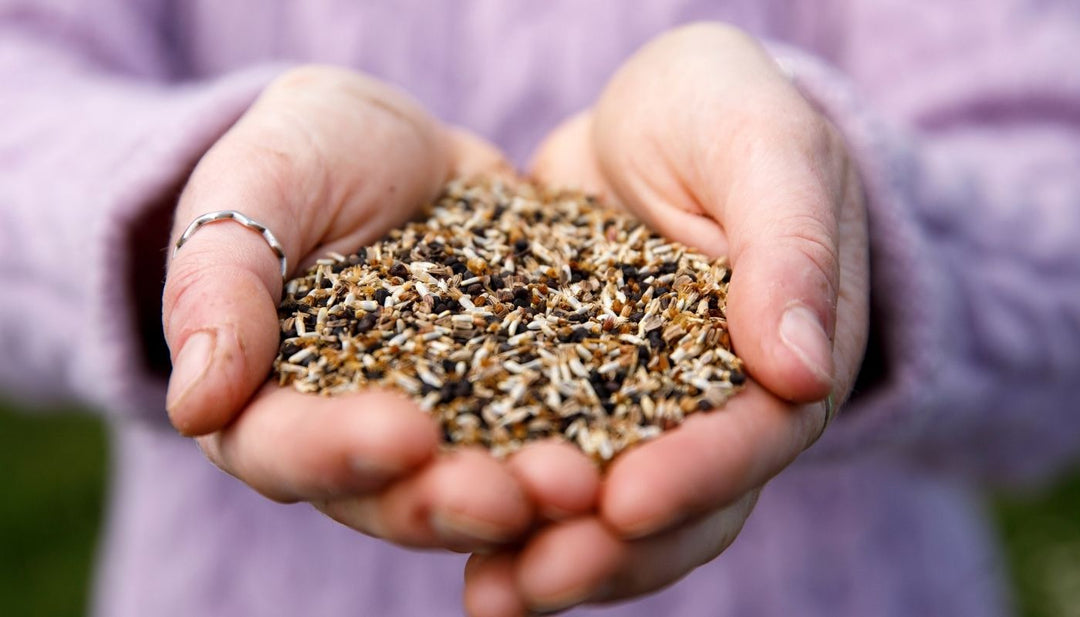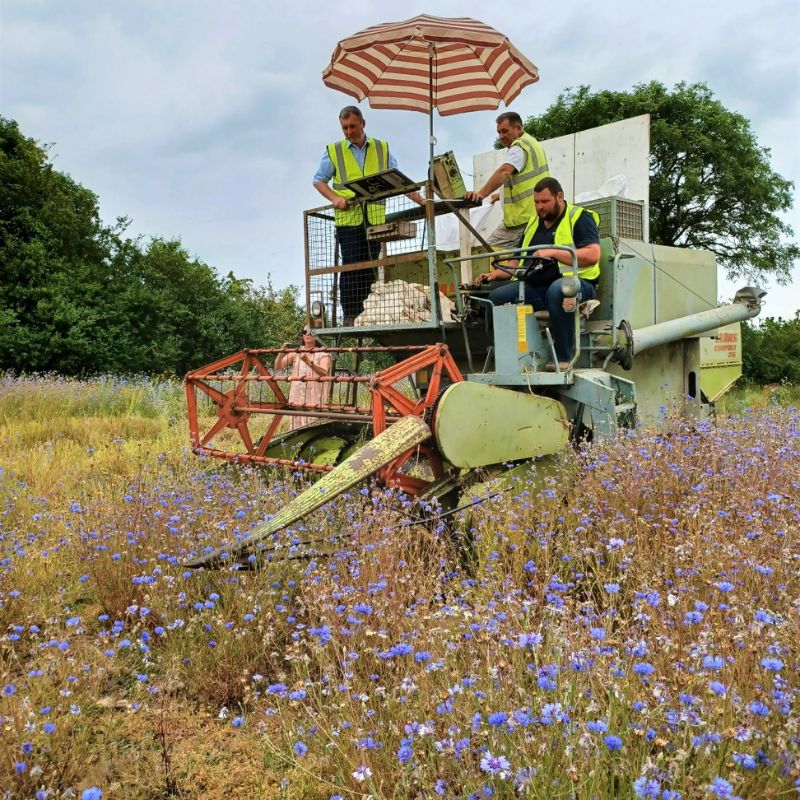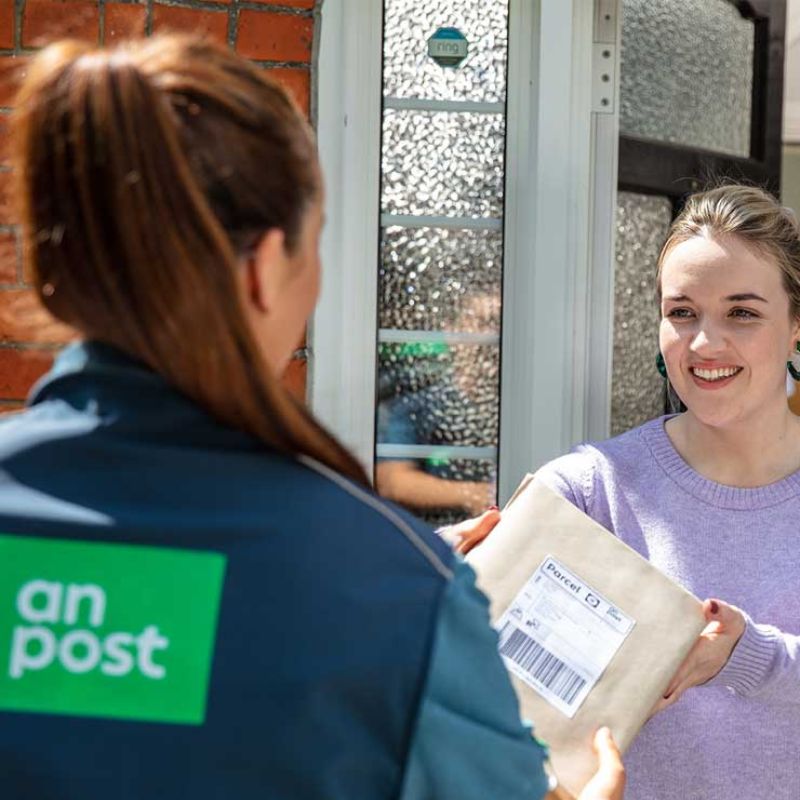When to Sow Wildflower Seeds?
Growing wildflowers is probably easier than you think – and the window to sow wildflowers may be wider than you expected. As a general principle, Irish wildflower seeds are best planted in either spring or autumn, but successful establishment varies with different projects.
For example, if you are planting a wildflower garden that can be regularly watered, a 100% Native Wildflower Mix could be sown almost any time between early spring and late summer.
How to plant wildflower seeds
Let us consider the basic principles for successfully establishing wildflower seeds for bees and other pollinating insects such as butterflies and hoverflies to support biodiversity and our wellbeing.
In the wild, wildflower meadow seeds are formed after flowering and then shed, in very close proximity to the mother plant, except for some species which employ cunning means to disperse their seeds further afield.
Generally, the plants produce a lot of seed because only a tiny proportion will find their way into an environment suitable for them to germinate and become new plants. Some wild flowers seed and most grasses will germinate soon after they drop into a favourable environment. Still, others, such as yellow rattle seed, require a cold treatment (vernalisation) and will not germinate until the following spring.
All wildflower seeds and grasses in the wildflower meadow mixes need to be in contact with soil and some moisture. Ideally, the soil should be a fine crumbly texture so the plants can readily establish roots. The seeds also require some warmth to germinate, and soil temperatures should be between 6 and 10 degrees Celsius when planting wildflowers.
Spring sowing (late-March to May) is a pretty safe bet as the soil will be warming. If you plan to sow wildflowers in the autumn (mid-July to September), bear in mind that you may not witness much germination from your wildflower seeds until the following spring.
We are encouraging people to join us in #RaisingTheBlade and #ConnectingToNature this season. Less frequent mowing means more food for pollinators and more time for us to enjoy the new life the seeds will bring - a beautiful bloom, butterflies and bees.


